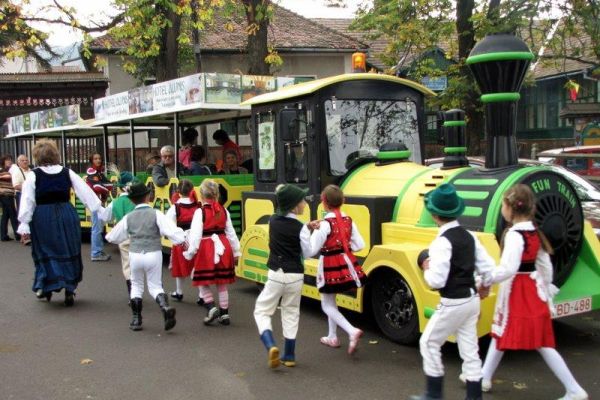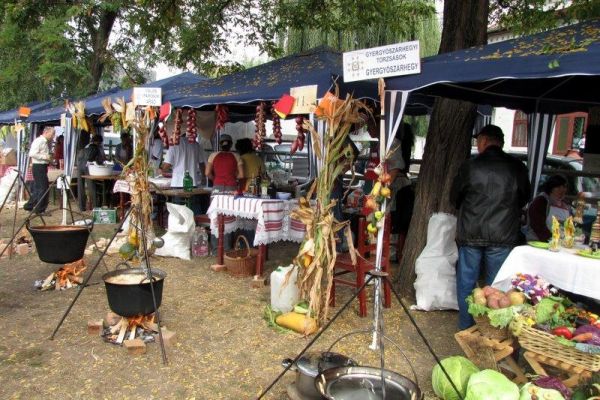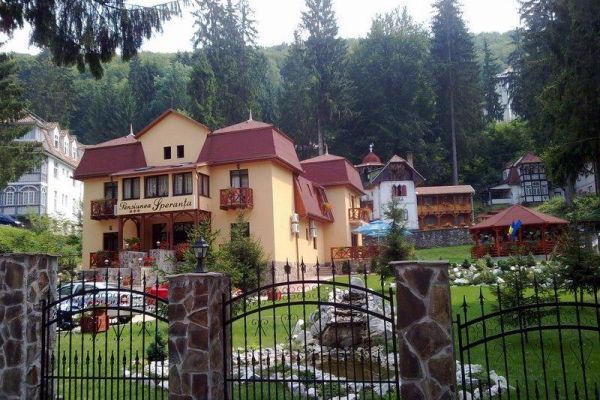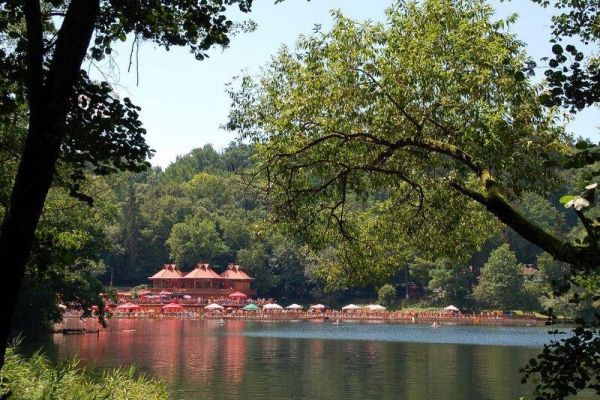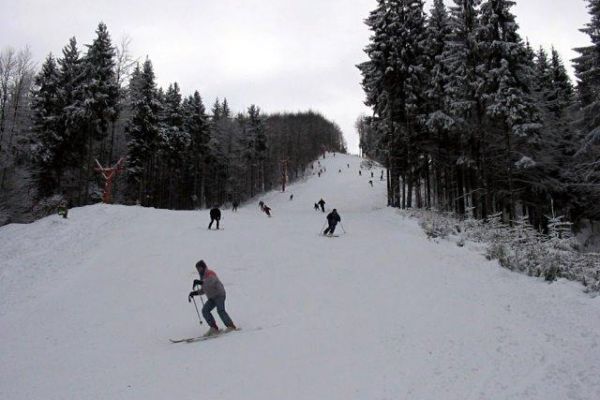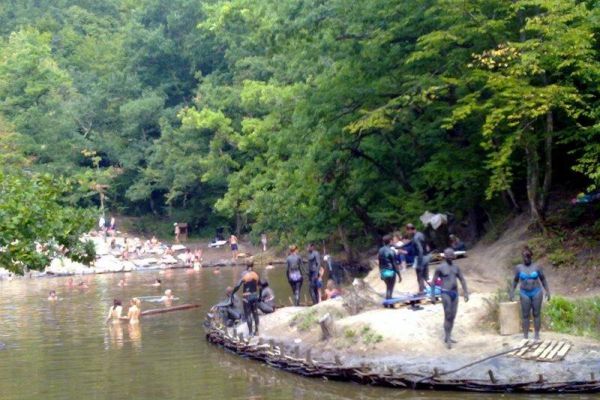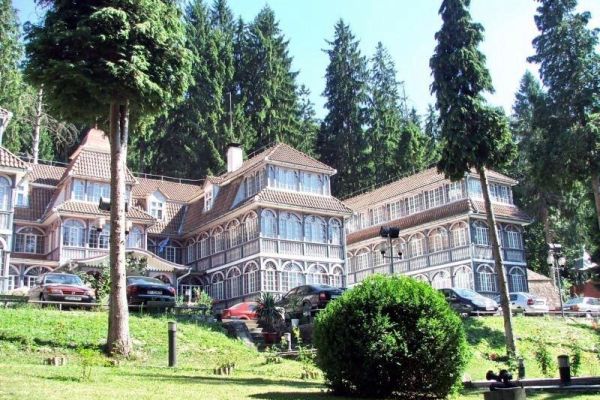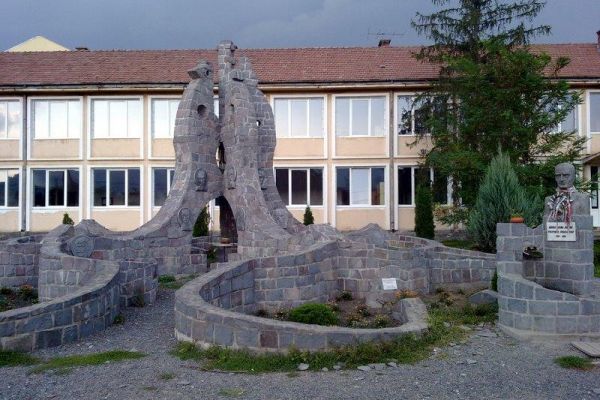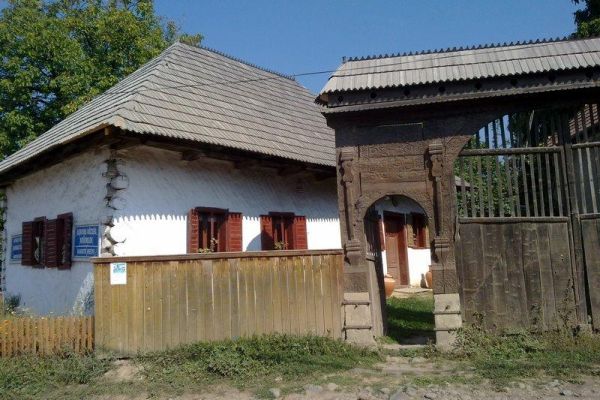Main sights and attractions of the Székely Land of Salt
In Transylvania the only region that took its name from its mineral wealth is the Székely “Sóvidék”. It is commonly held that the name “Sóvidék” was first used by Orbán Balázs in his oeuvre describing the Székely Land: “They call it the Land of Salt, even though the waters of Korond and the valley of the Kis-Küküllő extend to Sovata, over several square miles of salt deposits, which here not only lie hidden in the earth’s womb, but bursting forth to the surface form whole salt-mountains.”
In such enormous mass this indispensable gift of nature is nowhere else seen; so much unused treasure lies here that the needs of all Europe could be met with it, if our isolation and the lack of cheap transport did not leave it unused: like so many riches of this God-blessed land.”
The Land of Salt lies along the upper reaches of the Kis-Küküllő, at the foot of the Görgény Mountains and on the western side of the Hargita range. Thanks to its geographical location it is an ideal starting point for exploring and discovering the attractions of the Székely Land.
Parajd
Parajd is the natural centre of the Székely Land of Salt, one of the most important salt-mining sites in the Carpathian Basin. Parajd’s the salt mountain is the “bread” of the region’s inhabitants. The village developed in connection with the salt-mines and to this day the saying holds: “the man of the Land of Salt makes his future out of salt”. Located about 3 km from Felsősófalva, it is the centre of the commune, known not only for its warm saline baths but also for the asthma-treatment in its salt-mine. The salt-rocks and salty springs, visually and spiritually delightful natural rarities, accompany the waters of the Korond and the salty gorge and the salt-pits. Most of Parajd’s sights are salt-related.
Sights
- The ruins of the Rapsóné castle.
- Another highlight of the settlement is the salt-rocks at its border, the most famous being the 576 m high Sóhát, which contains approx. 2 billion tons of salt. The Korond-stream’s waters break through the salt-rocks in the salt gorge.
- The treatment centre: the salt-halls of the mines are excellent for respiratory diseases; in the Parajd salt-mine, at a depth of 120 m, there is even a church and a playground.
- Nearby is the former salt-office built in the early 19th century, which today serves as a health clinic.
- In the Parajd cultural home you can view an ethnographic exhibition (Village Museum) with nearly 2000 local and regional objects and historical mementos. In particular: tools related to salt cutting and transport, implements and models, plus a wealth of photographs.
- The Parajd salt-mine; a spa and holiday resort, with therapeutic warm salt-baths where bathers float in concentrated salt-water. The Reformed church was built between 1790 and 1796; its sanctuary remains from the old 15th-century Roman-Catholic church.
- The Roman-Catholic church was built in 1800. In 1998 a new church was also erected.
- The Orthodox church was built in 1929.
- In the recently built Áprily Lajos Memorial House visitors can obtain information about the poet’s life-periods connected with Parajd.
Szováta
The centre of the Székely Land of Salt, a European-famous resort town, administratively part of Mureş County. In the area the Romans already mined salt, and extraction continued in the Middle Ages. The old depressions were over time filled by precipitation and river-water, thus forming the first salt-lakes. It owes its fame to the heliothermal Lake Ursu, formed in 1875, the world’s largest heliothermal lake.
Sights
- The town is famous for its salt-lakes and salt-rocks. Its largest lake is Lake Ursu. Lake Ursu derived its name from its shape resembling a stretched-out bear and was formed about 1870-1880. It contains an estimated 66 000 tons of dissolved salt, and from the surface the temperature increases downward, caused by the sun’s warmth and the salt concentrated below. Other lakes: the saline Mogyorósi Lake, Rigó Lake, Black Lake, Red Lake and Green Lake, and the fresh-water Piroska Lake and Kígyós Lake. In the saline lakes the high salt content allows bathers to float more easily on the surface.
- The “Sóköze” is a salt-karst area rich in salt-lakes, extending from the town’s north-eastern edge towards the south-west, where rock salt forms cliffs sometimes 15-20 m high, once guarded by soldiers.
- The Roman-Catholic chapelGreek-Catholic chapelOrthodox church
- The town’s Roman-Catholic church was built in 1878, the Reformed church in 1938, the Orthodox church in 1991.
- The Roman-Catholic chapel on Tyukász Hill was built at the end of the 19th century.
- The Unitarian church in Szováta.
Korond
The most renowned settlement of the Land of Salt, a centre of craft-art, tourism and culture. The residents of the lively large commune engage in many occupations: traditional pottery, wood-carving, bracket-mushroom making and trade (once by wagon, today by car). The basis of the pottery is the grey shale (clay) found on the left bank of the Szakadát-stream, at the village’s western boundary. It once had an aragonite mine (now a nature reserve) and a famous mineral spring spa (today the site of the pottery fair at Árcso).
Sights
- A famous potters’ village with sulphur-iron mineral baths, and three mineral-water springs.
- The old Roman-Catholic church – its construction year unknown, built in the so-called Romanian architectural period, reconstructed in Gothic style in 1533. At that time Saint Bartholomew was its patron. In 1568 it became Unitarian, and only in 1716 returned to the Catholics. It was renovated in 1720. Meanwhile the remaining Catholics used a chapel from 1648. In the 18th century the parish was shared with Atyha; from 1743 Korond had its own priest. A Catholic elementary school operated in the village, closed by Romanian authorities in 1924. In 1910 the construction of the new Roman-Catholic church began, which was consecrated one year later in honour of the Sacred Heart of Jesus. Some stones of the old Gothic church were incorporated in its fence.
- The Unitarian church was built between 1720 and 1750, renovated in 1821 and 1971. Opposite the church is the Village Museum.
- A quarter-hour from the village on the Parajd-road, at an altitude of 535 m, once stood the Korond-spa, first mentioned in 1729; in 1890 the owner was Gáspár Gyula, who between 1892 and 1900 developed it significantly. In 1938 the spa went bankrupt, its pine trees cut down, buildings demolished. The place is today called Árcso, famous for its brine-well, spring-sediments and mineral-water springs.
- At the place called „Garden of the Friars” once stood a monastery, to which in 1783 the Minorites moved from their Firtos-Hill chapel. A mill stands in its place now.
- On the outskirts of the village aragonite was mined.
- Along the main road by the village there is a permanent open-air market of local products.
- In Korond one can see very many beautiful carved-wood Székely gates.
- In front of the Hungarian-language secondary school stands the Monument of the Hungarian Language.






